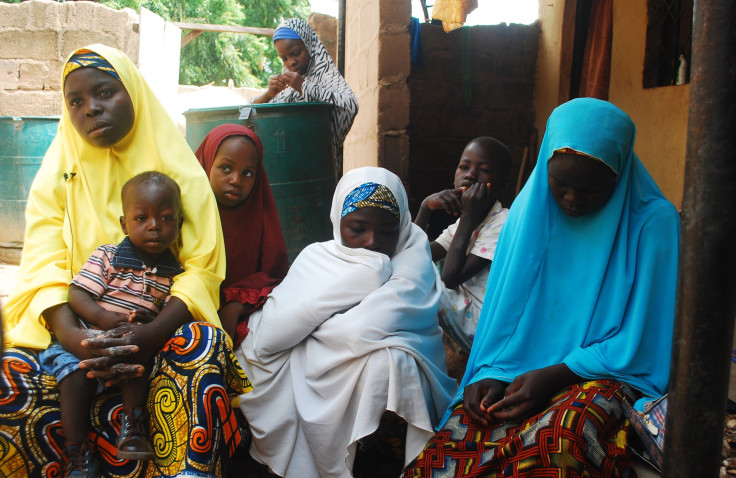Violence Against Women: WHO Says There's A 'Hidden Crisis' All Around The World

Not many people in America are aware that in some countries, a girl might be killed because her wedding dowry wasn’t good enough. Or that victims of sexual abuse are often blamed for the crimes of their perpetrators, and punished by being stoned to death.
A new series published in The Lancet shows that current efforts to reduce violence against women and girls are inadequate, and that governments need to take more action in fighting these often “hidden” crimes. Currently, one in three women have experienced physical or sexual violence from their partner, and up to seven percent of women worldwide will experience sexual assault or rape by a non-partner at some point, according to the World Health Organization (WHO).
“[D]espite increased global attention to violence perpetrated against women and girls, and recent advances in knowledge about how to tackle these abuses, levels of violence against women — including intimate partner violence, rape, female genital mutilation, trafficking, and forced marriages — remain unacceptably high, with serious consequences for victims’ physical and mental health,” WHO said in a statement. “Conflict and other humanitarian crises may exacerbate ongoing violence.”
Root causes of violence, such as gender inequity and humanitarian crises and wars, must be addressed in order to be more effective in helping women, according to WHO. Though resources have been allocated to assist females in the aftermath of violence, such as emergency care, the researchers note that these root causes must be tackled more aggressively. “[T]o make a real difference in the lives of women and girls, we must work toward achieving gender equality and preventing violence before it even starts,” said Professor Charlotte Watts, director of the Gender Violence and Health Centre at the London School of Hygiene and Tropical Medicine, in the press release. “No magic wand will eliminate violence against women and girls. But evidence tells us that changes in attitudes and behaviors are possible, and can be achieved within less than a generation.”
VAW: Violence Against Women
The UN Declaration of the Elimination of Violence Against Women states that “violence against women is a manifestation of historically unequal power relations between men and women” and that “violence against women is one of the crucial social mechanisms by which women are forced into a subordinate position compared with men.”
Some examples of VAW include rape, domestic violence, sexual harassment, female infanticide, prenatal sex selection, honor killings, dowry violence, female genital mutilation, and forced marriage. Other examples include sexual slavery, forced sterilization, stoning or flogging. Not many people even know about the existence of dowry violence, or the act of killing young girls and brides due to a husband or his family being dissatisfied over the dowry her family provided. In 2011 in India, the National Crime Records Bureau reported 8,618 dowry deaths. There are also honor killings, particularly in India, Turkey, Afghanistan, Egypt, and other countries, which involve a family killing a girl after she brings “dishonor” upon the family. Many of the instances of VAW are swept under the rug and undetected.
The authors of the study note that health care professionals can play a vital role in fighting violence against women, too. Since they’re often the first point of contact for women post-rape or post-violence, they can send a meaningful message to the community that violence isn’t only a social and political problem, but also a health crisis. “The health community is missing important opportunities to integrate violence programming meaningfully into public health initiatives on HIV/AIDS, adolescent health, maternal health, and mental health,” Dr. Claudia Garcia-Moreno, a physician at WHO and author of one of the studies, said.
The study authors describe five actions that could help reduce violence against women in the world. Firstly, governments have to allocate resources and raise awareness about the issue, making this a priority. Secondly, nations must change the laws or policies that act as barriers between equality (such as the allowance of virginity tests in Indonesia); thirdly, they must work more toward demolishing accepted practices and engrained negative cultural mindset about women. Fourth, governments need to bolster the efforts of health, security, education, and justice; and finally, they need to support research to learn what is most effective.
It seems like a rough road, but there is hope that world violence rates can be lessened. Experts estimate that they may be cut in half by 2014. In addition, finding ways to reduce violence on a small scale, starting with yourself and at home, can get the ball rolling. As Mohandas Gandhi stated, “If you want to change the world, start with yourself.”
Published by Medicaldaily.com



























